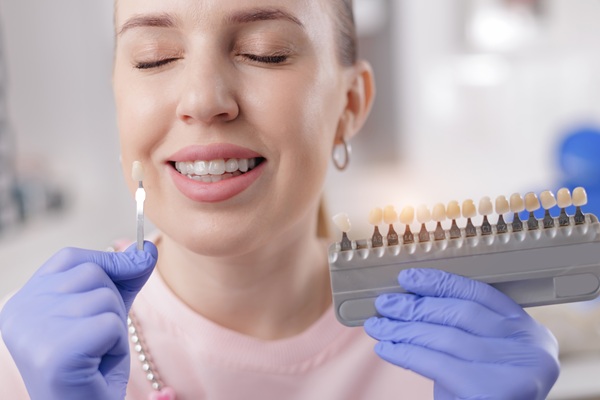Periodontics: Understand an Implant Procedure

Periodontics is a branch of dentistry that prioritizes issues that affect the gums and the bone structures that hold teeth in place. It also includes replacing missing teeth with restorations like implants. Periodontics favors implants because these are the only teeth replacement options that replace teeth roots. Other oral prosthetics, like dentures and bridges, only replace a tooth's visible part.
Replacing the lost root helps preserve bone tissues in the jaw. These often deteriorate when a tooth falls out due to not getting the stimulation that they need to be healthy. Bone tissues need regular stimulation to tell them to produce new healthy cells, and atrophy occurs when they stop getting it. Implants are inserted into the jaw, so they transfer bite forces into it, keeping the bone tissues there stimulated.
How dental implants are used in periodontics
Dental implants are suggested when a patient has one or more missing teeth. They are versatile restorations that can be combined with crowns, dentures, and bridges. Implants are nearly as stable as real teeth, so they feel natural in the patient's mouth.
Installing dental implants
The process starts with the dentist examining the patient to determine if implants are right for them. Their placement requires surgery, and some people are not healthy enough for that. The dentist will go over the person's medical and health history, looking for issues that could complicate the procedure, like diabetes or immune system disorders.
The dentist will also go over the patient’s habits to determine if they might interfere with their recovery. Excessive drinking or using tobacco slows down the recovery process and increases the risk of complications. Certain medications, like blood thinners, can also hinder the recovery process.
Lastly, the dentist might take an X-ray to evaluate the patient's jawbone. Implants are inserted into the jaw, so it needs to be able to hold implants while still leaving room for the nerves at the bottom of the jaw. Patients who have lost bone tissues in their jaw due to not replacing their missing tooth immediately might need bone grafts to thicken their jawbone.
Once a patient has been cleared for implants, a date is set for their surgical procedure. The procedure starts with the dentist injecting the area being worked on with a local anesthetic so the patient does not feel any pain as they work.
A hole is drilled into the jaw and the implant is placed in it. The implant is given up to six months to bond with bone tissues around it via osteointegration. Once that is complete, the dentist attaches a restoration to the implant to fully replace the patient's lost tooth. The patient gets an artificial tooth that feels and looks natural and helps keep their jawbone healthy.
Implants are virtually as good as real teeth
You should seriously consider a dental implant if you have a missing tooth. Give us a call or stop by our Englewood clinic to set up an appointment with our dentist.
Request an appointment here: https://www.desalvodental.com or call DeSalvo Dental at (201) 244-7658 for an appointment in our Englewood office.
Check out what others are saying about our dental services on Yelp: Periodontics in Englewood, NJ.
Recent Posts
Crown lengthening is the practice in periodontics of exposing the teeth to provide a stable base for a new prosthetic crown, correct a gummy smile, or access cavities or perforations under the gum line. There are several methods to achieve this, with some being more invasive than others. Let us explore the procedures available today.Lengthening…
Periodontics, the branch of dentistry focused on the health of the gums and supporting structures of the teeth, plays a vital role in preserving your smile. By addressing gum disease, maintaining healthy gums, and protecting the foundation of your teeth, periodontics allows general dentists to prevent and treat conditions that can lead to tooth loss…
Periodontics focuses on diagnosing and treating issues that affect gum tissues and the other structures that support teeth. They provide a wide range of treatments, from restorative treatments for periodontal disease to cosmetic treatments aimed at improving the aesthetics of a person’s smile.Here are a few of the popular treatments used in periodontics to address…
Periodontics is a broad term that encompasses a wide range of treatments and procedures related to periodontal, or gum, health. If a general dentist has diagnosed gum disease, they will recommend the proper treatment to restore the patient's gum health.Periodontal therapy may not always include surgery. For example, periodontic treatments like scaling and root planing…


